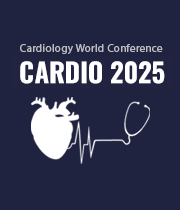Cardiac Thrombolysis
Cardiac thrombolysis stands as a pivotal medical strategy designed to dissolve blood clots within the coronary arteries, essential vessels responsible for nourishing the heart muscle with oxygen and nutrients. This intervention is frequently employed in addressing acute myocardial infarction, commonly known as a heart attack. In the critical moments of a heart attack, blood clots can impede blood flow to a segment of the heart, inducing tissue damage and potential life-threatening complications. The process of cardiac thrombolysis entails the administration of thrombolytic agents—powerful clot-dissolving medications—to disintegrate the clot and reinstate blood flow to the affected region of the heart. The timely application of this intervention is paramount in minimizing myocardial damage and enhancing the prospects of a positive patient outcome. It is important to note that while cardiac thrombolysis has demonstrated efficacy in specific cases, its suitability is contingent on various factors, including the elapsed time since symptom onset and the overall health status of the patient. Decisions regarding this treatment approach should be carefully weighed by healthcare professionals based on individual patient considerations.


